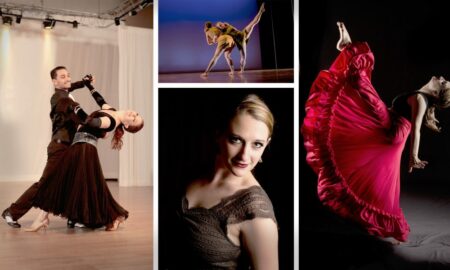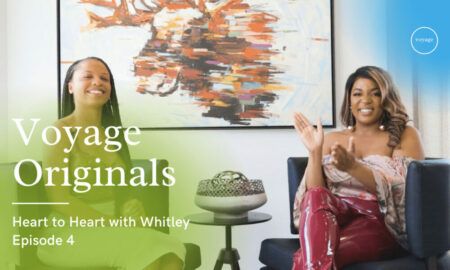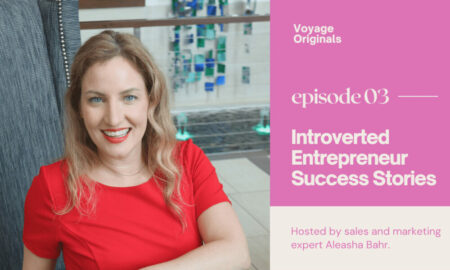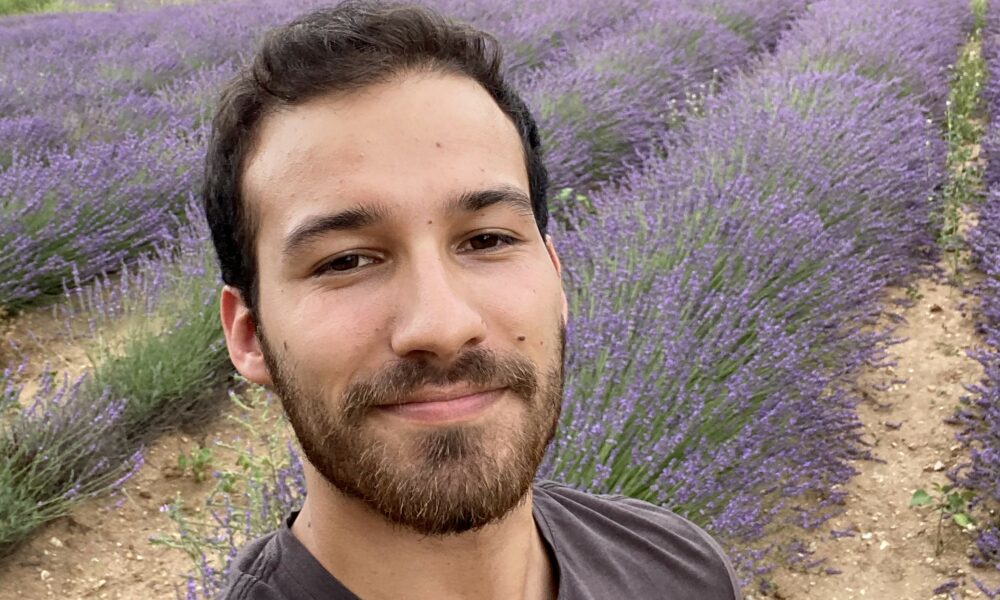

Today we’d like to introduce you to Otávio Santos de Albuquerque.
Hi Otávio, it’s an honor to have you on the platform. Thanks for taking the time to share your story with us – to start maybe you can share some of your backstory with our readers?
Hi, thank you so much for this opportunity! It’s an honor to share my story with you. I started drawing at around 3 years old. Before then, like most kids, I loved to scribble around with crayons, but my drawings quickly started to catch the attention of my family, especially my mother who is an artist herself. They noticed my interest and ability early on, and always supported my development. I am very grateful to have a supportive family. My art teachers at Colégio Medianeira in Curitiba, where I studied for 11 years, also noticed my passion and potential in art. One of the earliest projects I remember creating as a child in school is an illustration for the lyrics of “Aquarela,” a beautiful song by Toquinho. But that school only offered one art class per semester, and I wanted more art classes to cultivate my artistic growth.
Since my school did not offer many art classes, my mother enrolled me at the Centro Juvenil de Artes Plasticas, or CJAP, an art center for the young, where I studied after class for a few years. There, in 2008, and at nine years old, I had my work go abroad for the first time; a block print I made of Curitiba’s botanical garden was sent to Poland as part of a junior exhibition. I also had my first local TV interview about it. At the art center, I was exposed to different art practices, including my first experience of making tempera paint.
Around that time, maybe a few years before, I created my first original character, a peanut with a big mouth I called the “Amendogrito,” a mix of the Portuguese words for scream and peanut. Especially when screaming, their mouth expands and follows the shape of the body. The Screaming Peanut began with many variations, sometimes a family of peanuts, all with bold, wavy eyebrows. They had all sorts of clothes and personalities, though the most recent iteration has since gone nude. My first sale ever I believe was a drawing of the Screaming Peanut I drew for my friend Murilo in early middle school; he wanted the angry peanut to be on fire, like he’d seen me draw it before (maybe I had anger issues). I think I sold it to him for 50 cents, which was enough to buy my favorite mint at the cafeteria. I draw the Screaming Peanut so much that some people see it as my signature or logo. In a few months, I will be releasing a 9-page comic that features the Screaming Peanut as a main character.
In early middle school, I also began my first guitar lessons. I was given my first acoustic guitar by my godmother, another person who always incentivized my interest in art. After that, I took more guitar lessons outside of school for a couple of months, but for the rest of my life, I learned on my own and began to write original music. At 18, I also began playing the piano. In many ways, music has influenced how I approach art-making. For instance, my understanding of storytelling in music creates an overlap in how I write and illustrate stories. The way music theory fundamentals overlap with color theory also reminds me of how interconnected the universe of art is. And in practical terms, the process of sketching feels generally similar to creating rough demos, while full recordings are like fully realized paintings.
As far as early influences, when I was a child, I was drawn to the work of Tarsila do Amaral (whose work was featured in a MoMA exhibition not too long ago). I liked it so much I made a few drawings of her self-portraits. I also painted a clay relief based on her “Abaporu” for school once, which I still have. Another artist whose work called to me as a kid was Van Gogh. I loved his painting Bedroom in Arles, and I drew a wooden chair from that painting as one of my first drawings in perspective. His use of impasto, especially in yellow, was always so yummy to me. Other Brazillian artists that inspired me and whose work I admire to this day are Machado de Assis, Juarez Machado, Poty Lazzarotto, Oscar Niemeyer, and Candido Portinari.
In late middle school, I became self-conscious about art and unknowingly internalized a judgment that drawing characters was somehow silly or childish, especially since almost none of my peers liked to draw. Without realizing it, I drew less and less of my original characters, but I never stopped drawing. Then, in 2015, as I finished middle school, my family and I moved from Brazil to the United States after my father accepted a position at Mack Trucks in Pennsylvania. I attended Emmaus High School, where I was able to nurture my interest and passion for art even more. At EHS, I took an art history class that reignited my drive for creating original characters and that reminded me of the power of a good teacher. That teacher created an exceptionally supportive atmosphere in the classroom, which fostered creative exploration and I think that influenced how free and inspired I felt to explore original characters again. For a drawing exercise I blended the Screaming Peanut with a tree, and created a character I now call the Woodnut, or Timbernut. I took as many art classes as I could in high school, from foundations all the way to AP Studio Art and AP Art History. By senior year, I knew I was going to college for art.
I narrowed my choices down to the Savannah College of Art and Design and the University of the Arts. That outstanding teacher I had in high school recommended me for a SCAD scholarship while I was in high school, and I was selected. However, even with the scholarship, I was still not able to afford four years at SCAD. Around this time, I learned about the art department at the Lehigh Carbon Community College, which inspired me to apply there in pursuit of an Associate of Arts degree in Fine/Studio Arts. I am eternally grateful for LCCC and the honors program, which awarded me a full tuition honors scholarship to complete my first two years of college. They offered such wonderful courses that helped open my eyes to important truths not just in art but also in sociology, history, and beyond. I had some wonderful professors there, and I am grateful for them. At LCCC, I took a deeper dive into digital and traditional art, from photoshop and illustrator, to painting and figure drawing. One class that really piqued my interest was the illustration class. For one assignment, the goal was to choose inanimate object and give it a set of emotions or circumstances. Although not an inanimate object, I chose to draw a drunk tree- I love drawing trees. After the project, my professor mentioned the benefits of creating a series to strengthen our portfolios, so I decided to make a tree series. This set into motion a continual increase in tree-related characters in my works, and a couple of them made it into the portfolio I used to reapply to SCAD.
I went to SCAD with a transfer student scholarship and studied Illustration for two years. Those were some of the most intense and rewarding two years of my life, and my limits were pushed on all levels. I had some of the most amazing professors I could ask for and found myself in a supportive artist community where I made some of my closest friends. At SCAD, I fell in love with gouache paint, which is still my favorite medium, along with graphite. I also went way beyond my comfort zone in learning digital illustration and animated illustration. My graduation ceremony was in the spring of 2023, but my official last quarter was during the summer. I had two classes left, and I applied to SCAD’s life-changing study abroad program in Lacoste, France. And life-changing it was. Spending two months in a medieval village in the Luberon Valley amidst the lavender fields and cherry trees, making amazing friends, and going on spectacular excursions each week was one of the most soul-nourishing experiences of my entire life. I even fell deeper in love with graphite drawing and caricatures and found more of my artistic voice.
Today, I work as a freelance illustrator. Recently, I created an advertisement illustration for Malta India Company for the Halloween season. Aside from working on freelance and personal projects, I am currently seeking internships and full-time job opportunities in concept art and illustration.
Alright, so let’s dig a little deeper into the story – has it been an easy path overall and if not, what were the challenges you’ve had to overcome?
No, it has not been a smooth road.
Many artists may relate, but I often struggled with the gap between the vision of where I want to be and where I currently am. Especially when I was first learning techniques, principles, and fundamentals. This discrepancy gets better, but it shouldn’t go away. Growth is continuous, and grounds us with humility, so there shouldn’t be a point where think we can no longer improve. We must always move forward, allowing for that gap of where we want to be, but not forgetting to acknowledge how far we’ve come. The key is not to confuse your work and how it is received with your own self-worth. If you do that, and I have done that, then your self-worth will fluctuate. But your self-worth is inherent. The transition from comparing myself to other artists to simply cherishing and acknowledging the uniqueness of everyone’s journey has been liberating for me.
Another earlier challenge was learning how to value and price my art since our society has a tendency to undermine art, as a legitimate career. I took a wonderful illustration business class at SCAD that opened my eyes to the professional world, learning how to price my works, protect my rights, refine my branding skills, create and analyze contracts, as well as other necessary business skills. As artists, we need to regularly evaluate how we price our works since we grow and become better at our craft. It is a continuous journey, but there is a time when it becomes easier and more logical to price your work. After that class, I gained a better understanding of the industry and enough reference points from which to evaluate how much my work is worth.
Collaborations are so important in art. Clear, reciprocal communication is crucial for successful collaborations. I found that out on a deeper level recently. I worked on a collaboration where my thoughts and feelings were repeatedly disregarded and invalidated in the face of important choices that needed to be made, and my openness and clarity were not reciprocated. I heard someone on TikTok say this, and it sums up perfectly the frustrating situation I encountered. It’s along the lines of “no matter how clearly and authentically you communicate if someone is committed to misunderstanding you, they will.” Some people have doubted my authenticity, and they will probably continue to. Everyone is at a different stage of growth in life, so it is ok to walk away from a partnership where the other person does not see or respect you. After confronting the person, I walked away from that particular project. People often project their own pain onto you because they have not dealt with their own. So before jumping into a project with someone, manage expectations and assess your compatibility.
After getting into art school, a big challenge for me was adjusting to the quarterly rhythm of SCAD. The workload and fast quarter pacing was quite difficult. The illustration department is outstanding and also very tough. The curriculum is intense, and I often found myself pushing my limits in my physical, emotional, and mental well-being. But I was often able to ground and center myself with meditative or mindfulness practices, which have been a key part of my journey for the past 8 years.
As an artist who owns his business, I found that managing an LLC, branding and marketing yourself, keeping up with social media, curating your own site, and opening and maintaining an online store is quite a bit to do. And these days, with the changing algorithms and oversaturation of work, it can be hard to expand your reach, especially if you have not yet found a marketing approach that works for you and your schedule. But I want to get better at sharing more on social media, sharing more of my work and of myself with my followers and supporters. This interview itself is a step in that direction, one that I am grateful and excited to take. Consistently putting out content, in my experience, hinders the authenticity of art-making to an extent. So I am still finding a sustainable approach that helps me receive greater online support for the work I do.
An interesting challenge for me remains balancing my passions in art. I have a strong drive for different creative outlets: illustration, writing and worldbuilding, comics, animation, singing, songwriting, guitar and piano playing. And within those interests, there are always multiple projects I am eager to complete! So one of my biggest learning curves has been understanding myself enough to know what to prioritize and how to organize myself on a day-to-day basis. Similarly, I love the process of learning and improving, but the desire to master skills often comes into conflict with time. Understanding and respecting the dimension of time as a master in disguise is powerful to me. It helps me set realistic goals and stick to them. It also helps me surrender into a more grounded and authentic creative process, where I understand why certain projects call my attention and whether that particular motivation is healthy. Being more present and focused with one or two projects at any given time is much more beneficial than attempting to accomplish every single goal you have in just one day, week, or month.
Can you tell our readers more about what you do and what you think sets you apart from others?
I work primarily as an illustrator, but I create art in a few different fields.
I specialize in concept art for animation and games, developing and illustrating environments, character, props, keyframes, and overall worldbuilding. My work tends to center on nature, as I explore how nature reflects itself in the human path.
As a writer, I write books and poetry. I am currently working on my first children’s book. As a musician, I play the piano and sing/songwrite for the acoustic guitar, and have an EP currently in the works.
I am constantly inspired to improve and to explore my interests fully, without limiting myself in one area of art for the sake of having a more marketable identity. My specialization in concept art does not exclude my drive and commitment to other works that feel meaningful and fulfilling, including comics, writing and music.
Are there any apps, books, podcasts, blogs or other resources you think our readers should check out?
The Illustration Department Podcast, by Giuseppe Castellano, is hands down my favorite podcast. For an illustrator, that podcast is a godsend, and I love to listen to it while I work.
The books and online teachings offered by spiritual author and teacher Matt Kahn have been instrumental in helping my journey of growth as a person, and even an artist. Matt Kahn shares beautiful and practical healing wisdom centered on love. One of his teachings, which talked about simple ways in which we can help redistribute resources to those in need, inspired a triptych illustration of mine that was chosen for the 42nd annual American Illustration Permanent Archive.
Here are some of my other favorite books: Captains of the Sands, by Brazillian author Jorge Amado. The Kite Runner, by Khaled Hosseini.
These three books together: Caste: The Origins of Our Discontents, by Isabel Wilkerson; Locking Up Our Own: Crime and Punishment in Black America, by James Forman; and White Kids: Growing Up with Privilege in a Racially Divided America, by Margaret A. Hagerman. These are three of the most eye-opening and helpful books I have ever read, and they helped me grow as a person by understanding parts of history that tend to be glossed over or ignored, especially understanding how socio-economic/political systems operate with long-established systemic racism that negatively affects the individual lives and communities of people of color in the U.S. and worldwide, especially of black and brown people. Those books shed light on how intersectional systemic oppression is, and how it affects people today.
And perhaps my favorite book of all, The Little Prince, by Antoine de Saint-Exupéry.
Other resources that regularly help me are brown noise videos on YouTube. They help the nervous system to regulate and the mind to focus. Another go-to for me during work time is classical/romantic music, namely Strauss, Tchaikovsky, and my favorite, Chopin.
Contact Info:
- Website: https://otavioalbuquerque.com/
- Instagram: https://www.instagram.com/otaviosantosart/
- Linkedin: https://www.linkedin.com/in/otavioalbuquerque/
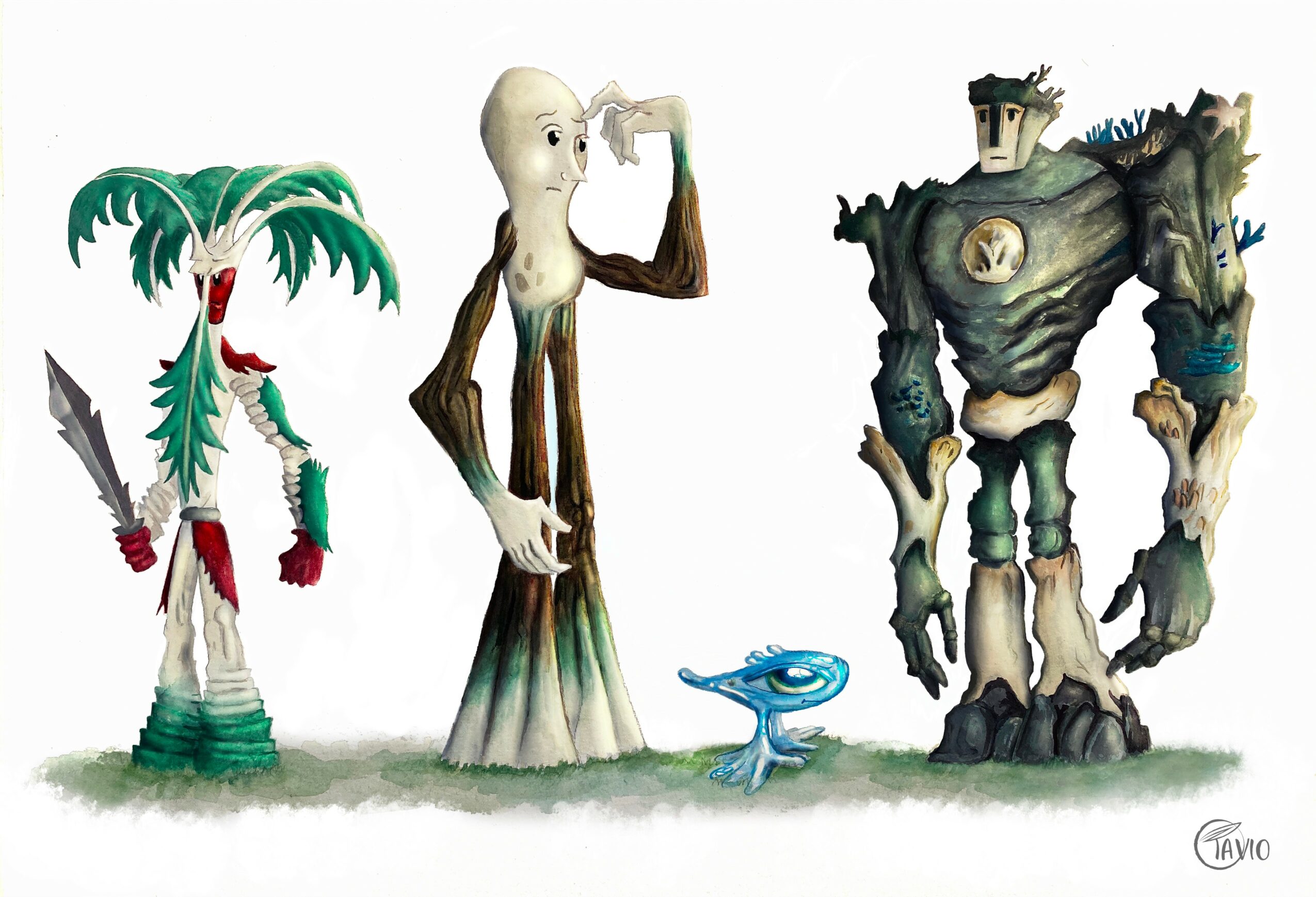
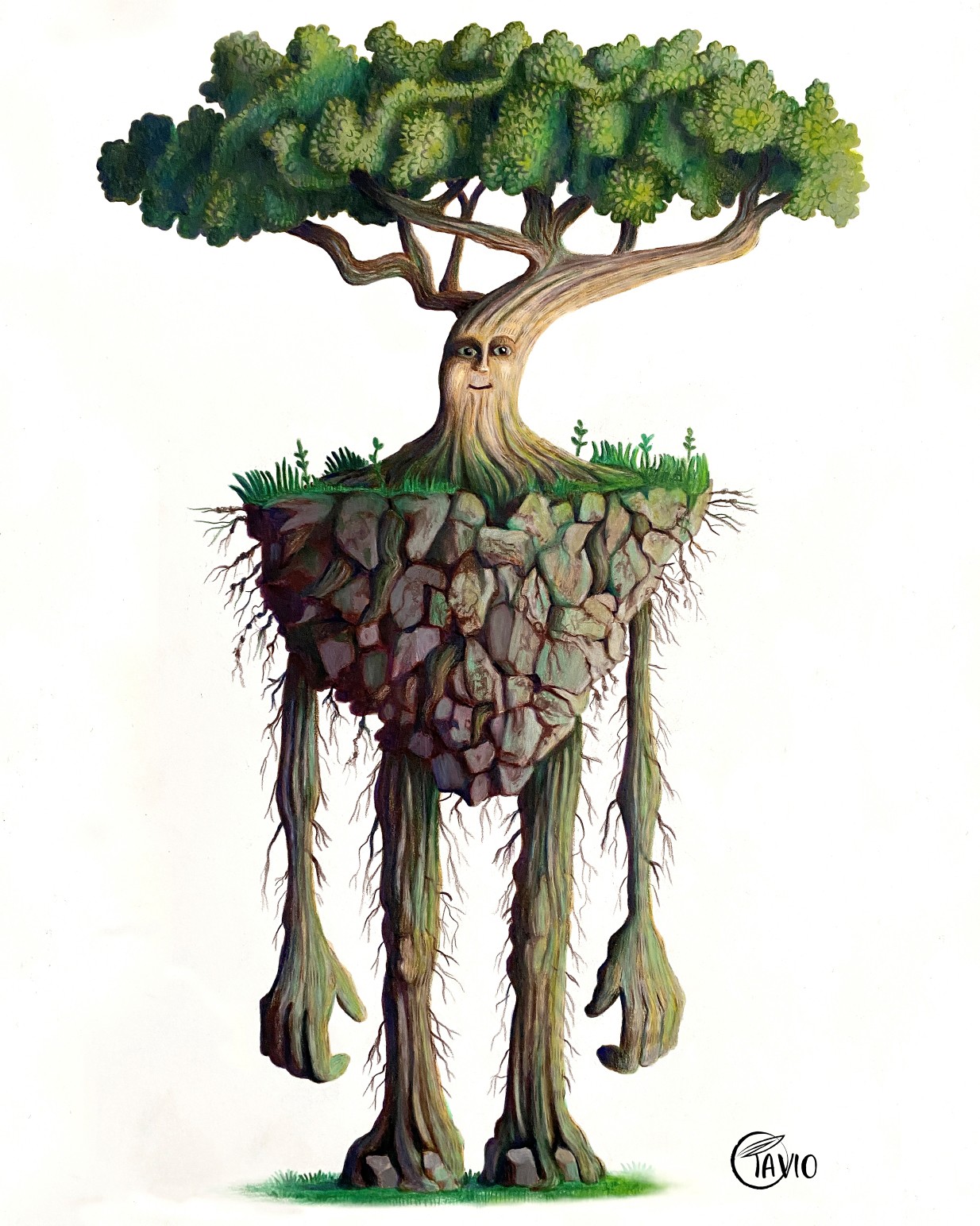
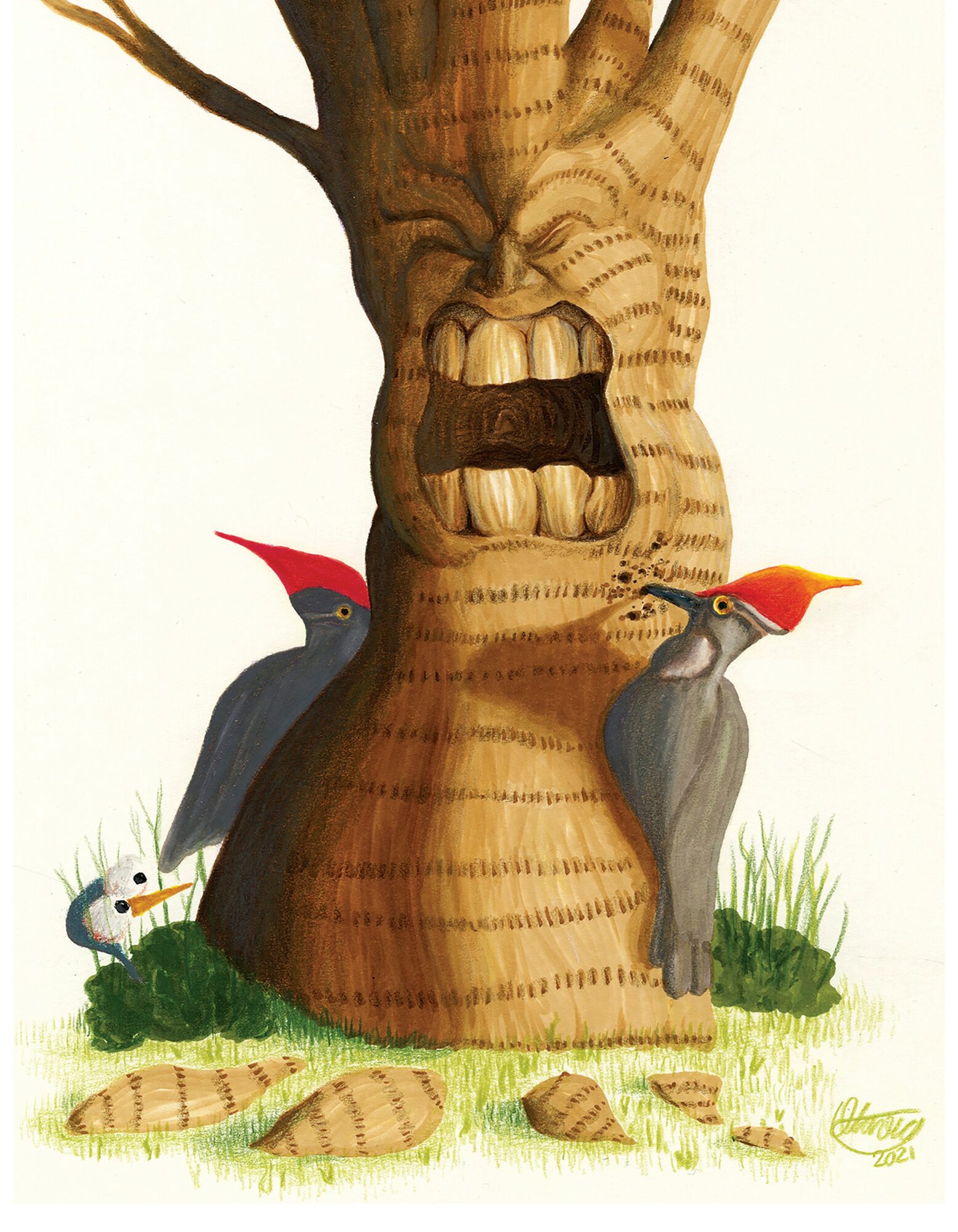
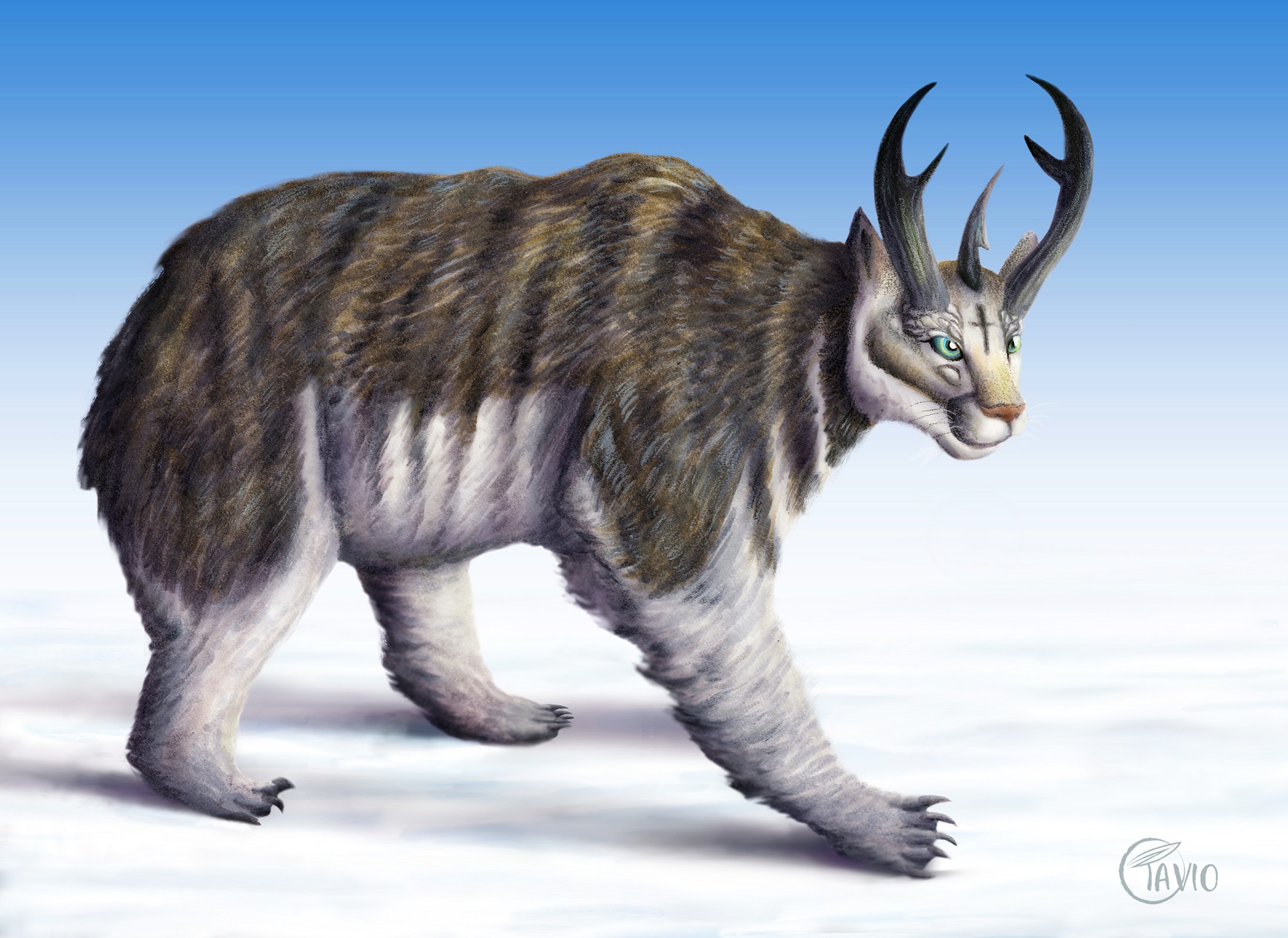
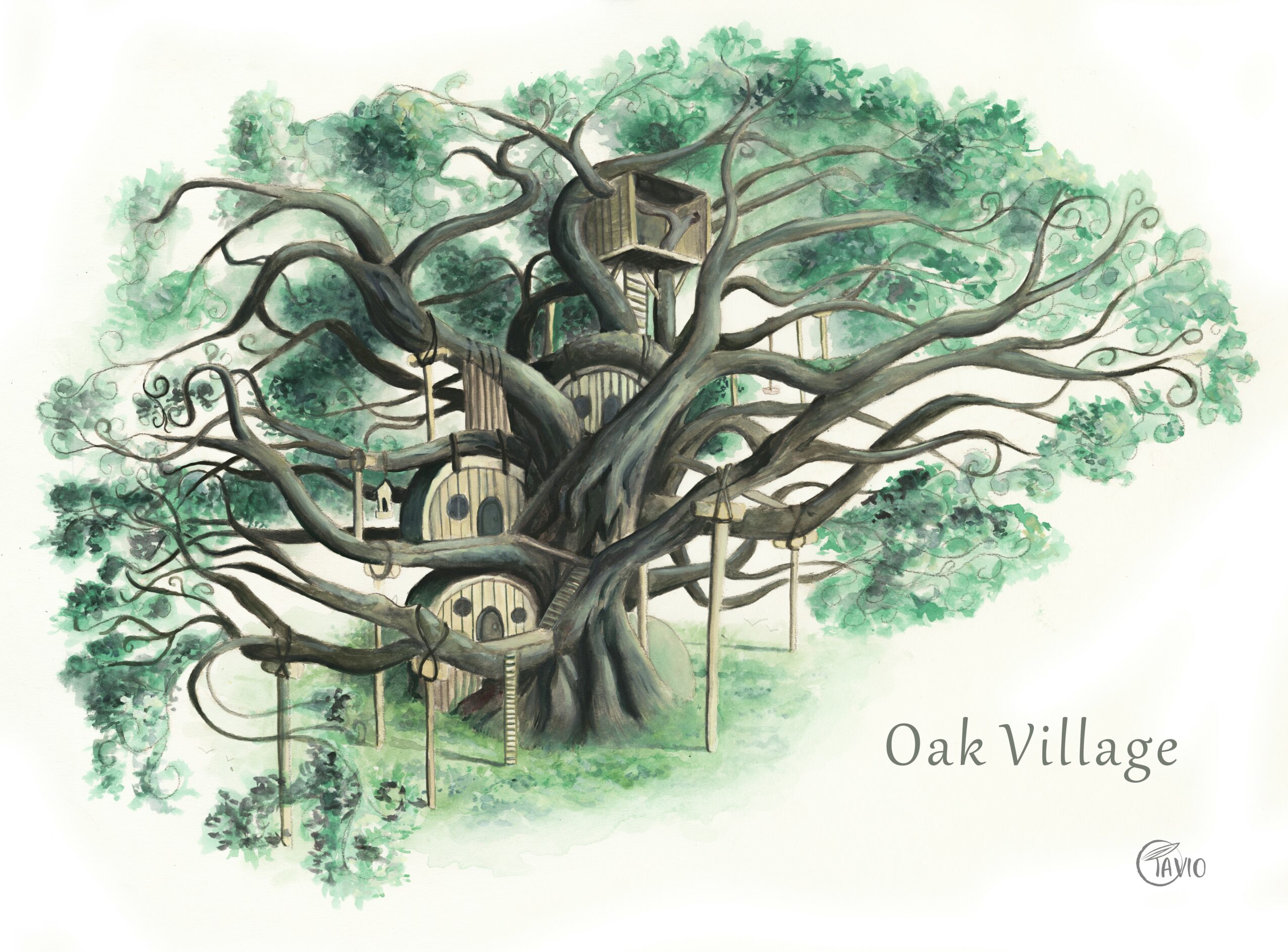
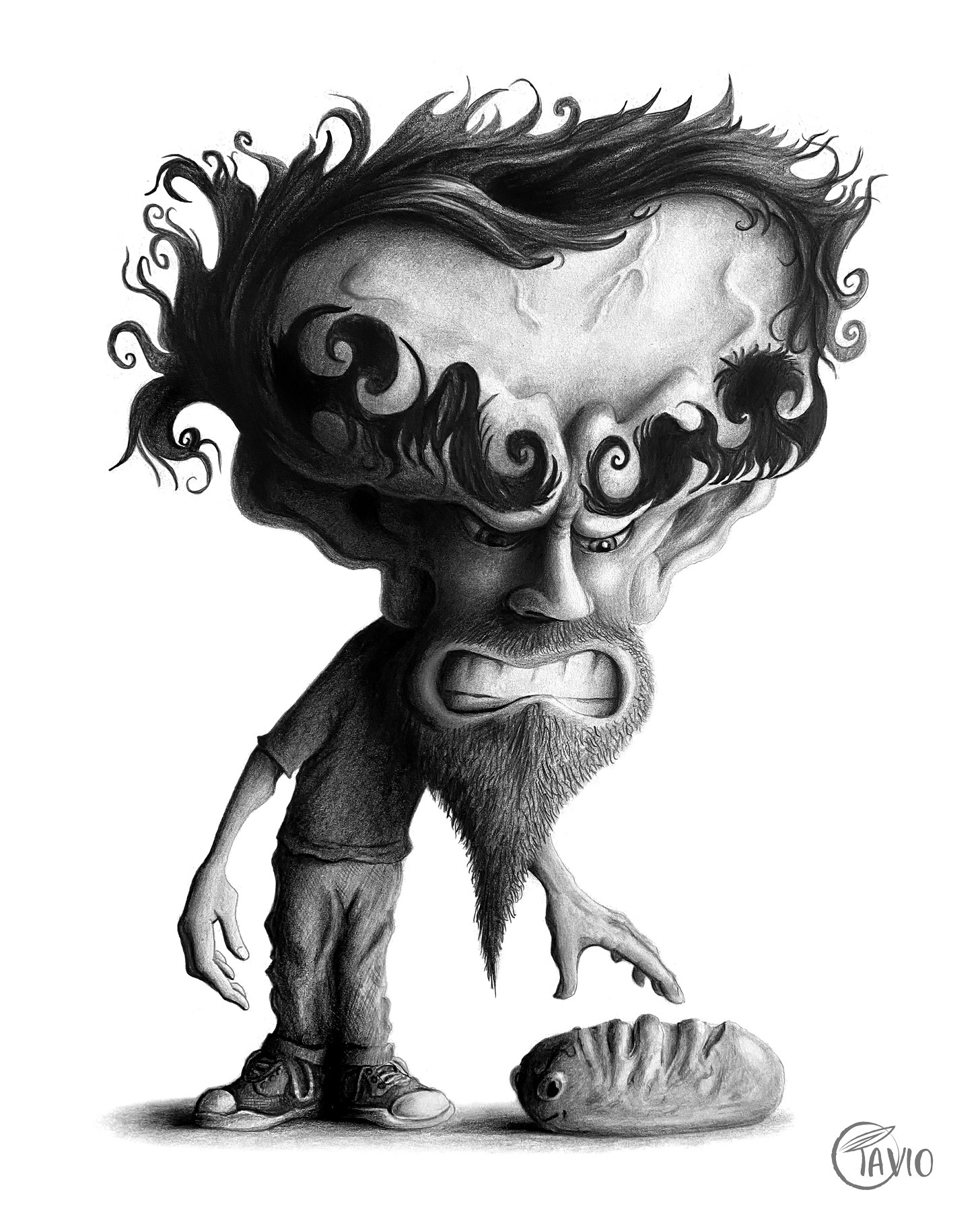
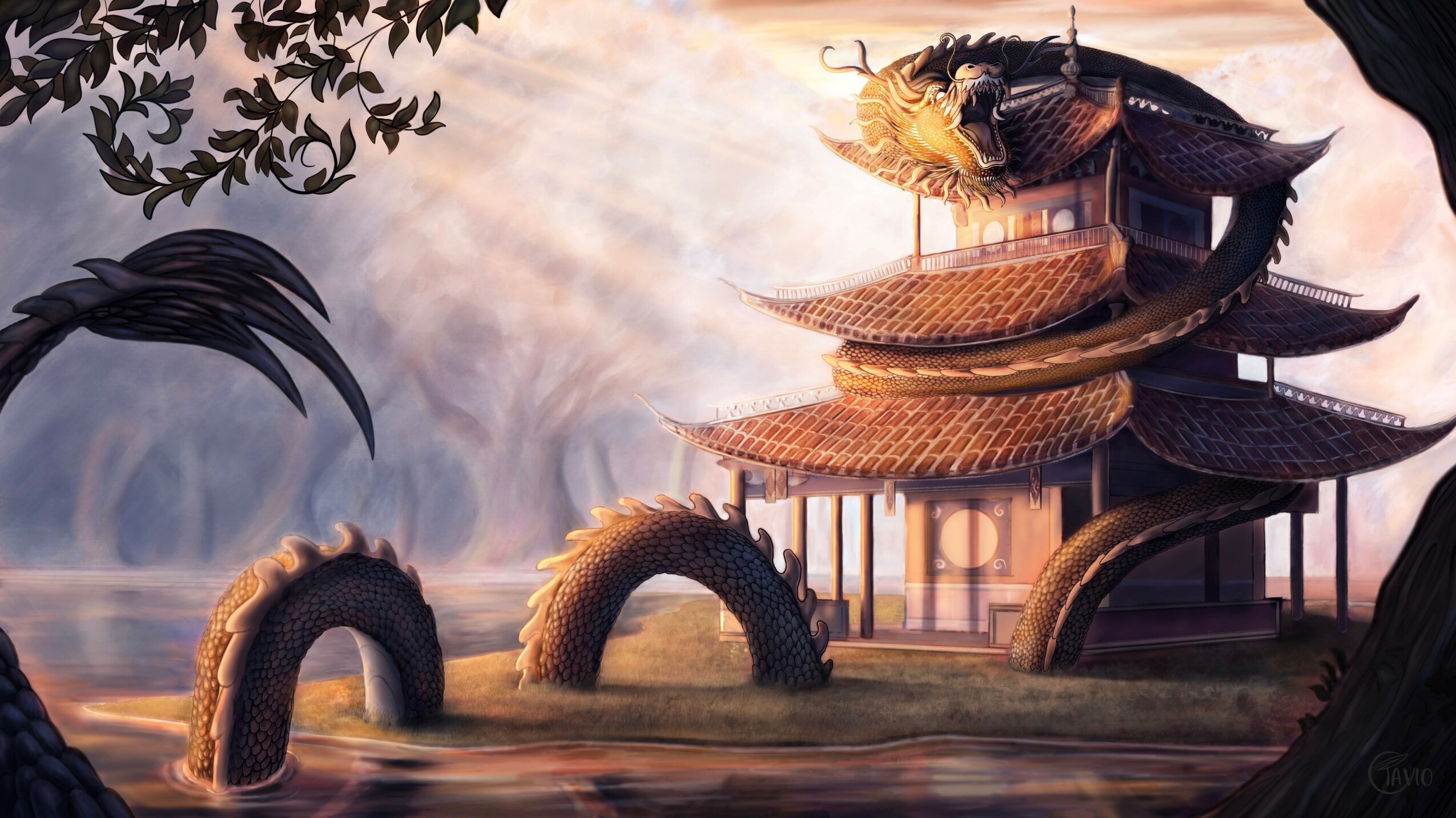
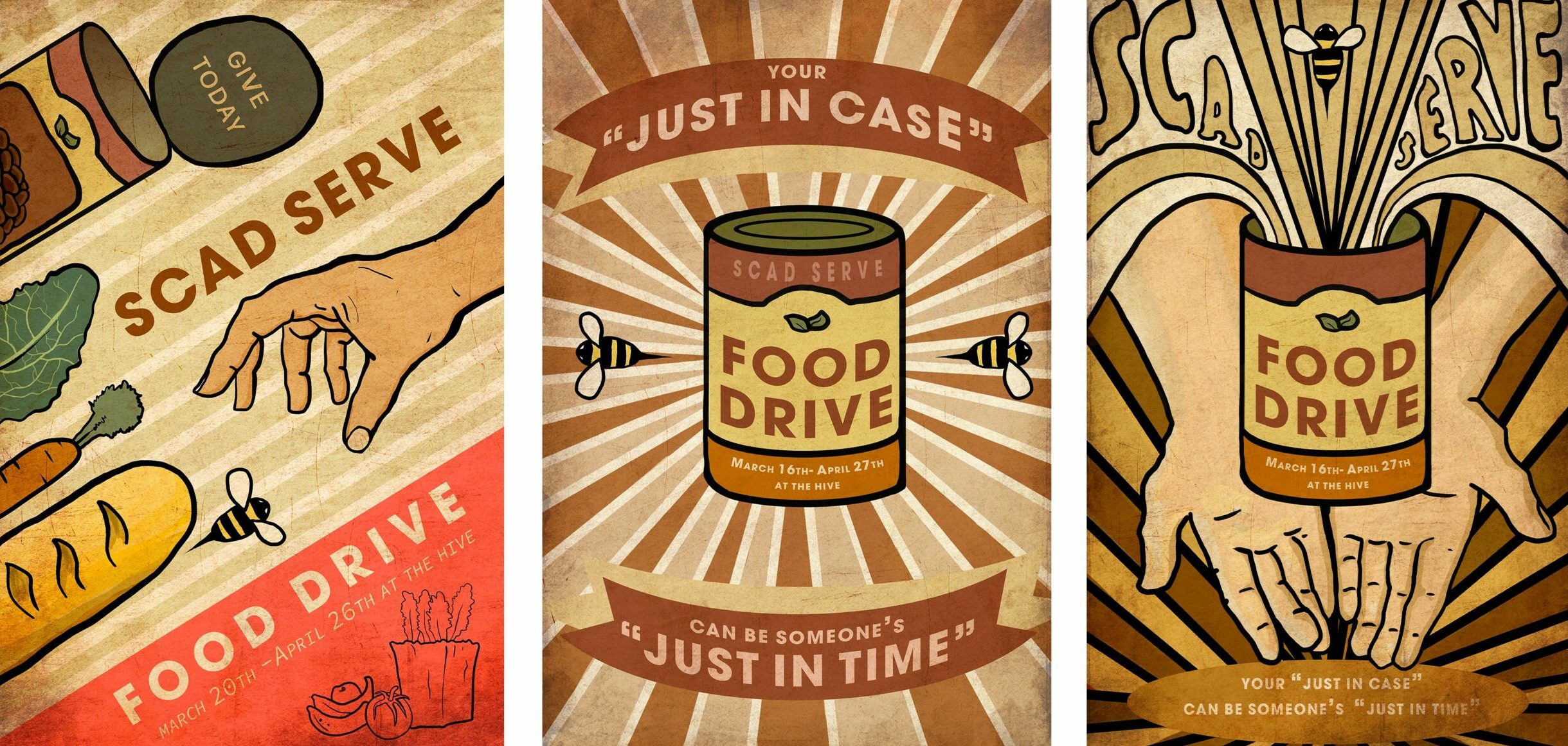 Image Credits
Image Credits
Otávio Santos de Albuquerque


